The islands of Cape Verde offer an astonishing variety, and Fogo alone unites many of the treasures – as you’ll see in this comprehensive guide.

Which island was my favorite? Argh, do you really make me choose again?
I dislike comparing. I detest better or poorer.
I like different! I like the beauty and the excitement that comes with diversity.
This said, if again, you point a gun to my head, I’ll say Fogo was my favorite. Fogo, because it is the most varied one. It has beaches and greeneries, but also rocks and lava. It is lovely and bizarre. Full of stories and history – a true inspiration.
Fogo’s only downside is that the ocean here is dangerous due to the unpredictable currents. But the landscape is splendid, you see lush bushes, amazing rocks, and geological formations.
Fogo’s Capital São Filipe
Like in all other Cape Verdian cities, there are not many designated attractions to check out in Fogo’s capital São Filipe. However, you can walk for hours through the cobblestone paved streets and take in the exotic and very cultural vibes.
There are many well-preserved colonial buildings, the so-called Sobrados, that the wealthy Portuguese left behind.
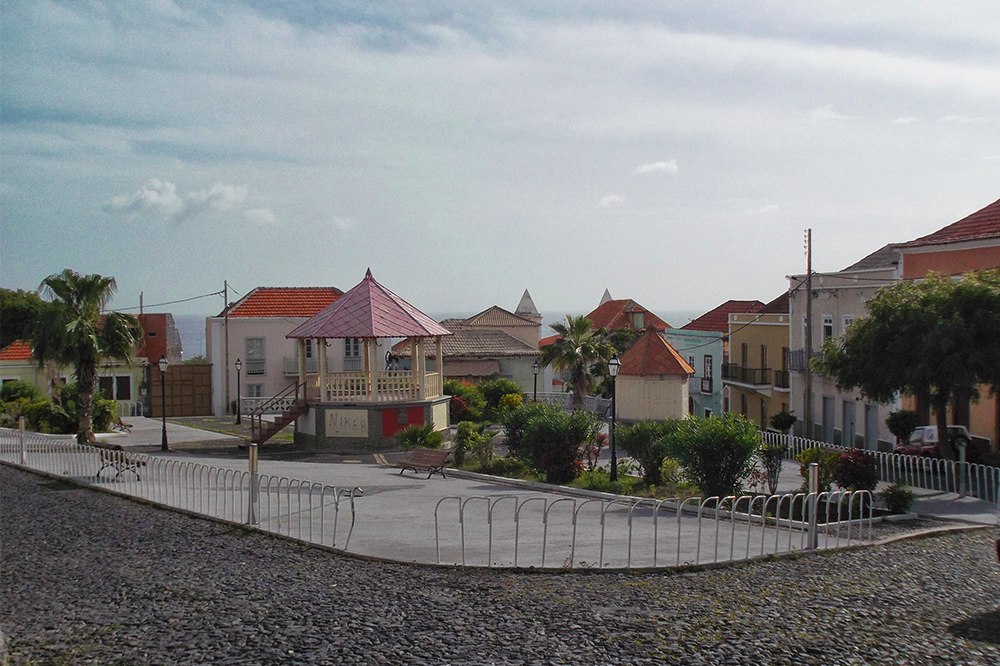
Let the colorful Mercado Municipal baffle you and get some profound information on Cape Verde in general and Fogo in particular at the Casa da Memoria where you’ll find artifacts and literature and most of all lovely, swiss-born Ms. Monique Widmer who’ll be happy to answer all your questions regarding the archipelago.

São Jorge
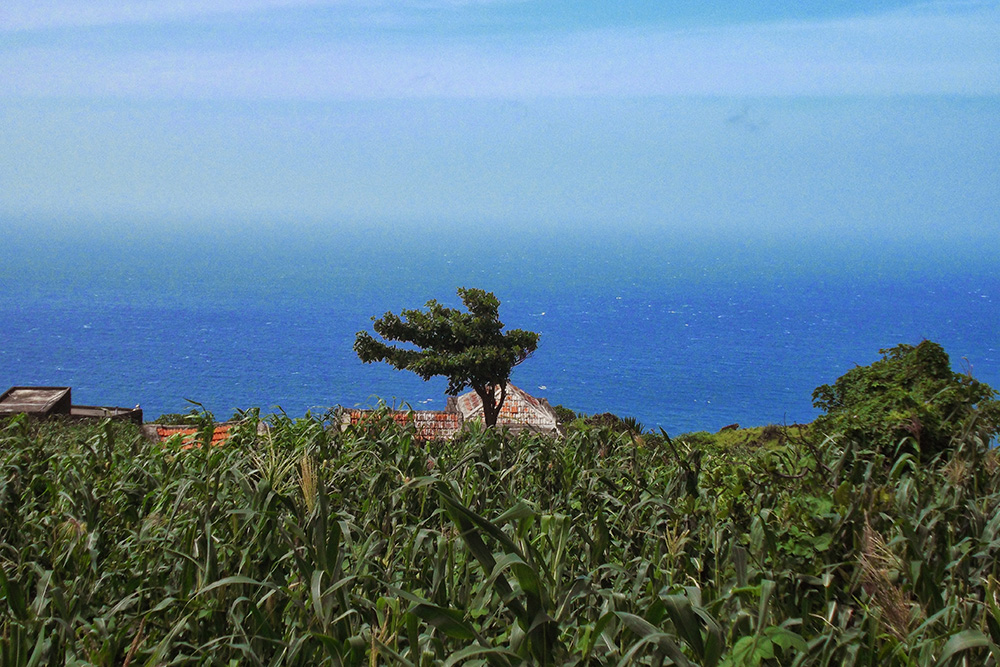
An easy half-day tour by minibus is a trip to São Jorge. On the way, you’ll have these grand views of the lush greenery and the endless ocean from above. You pass cute little settlements, and small bridges over little creeks flowing down between the majestic, eternal walls of rocks and you keep asking yourself how this rough’n’rocky place can still be so sumptuously green.
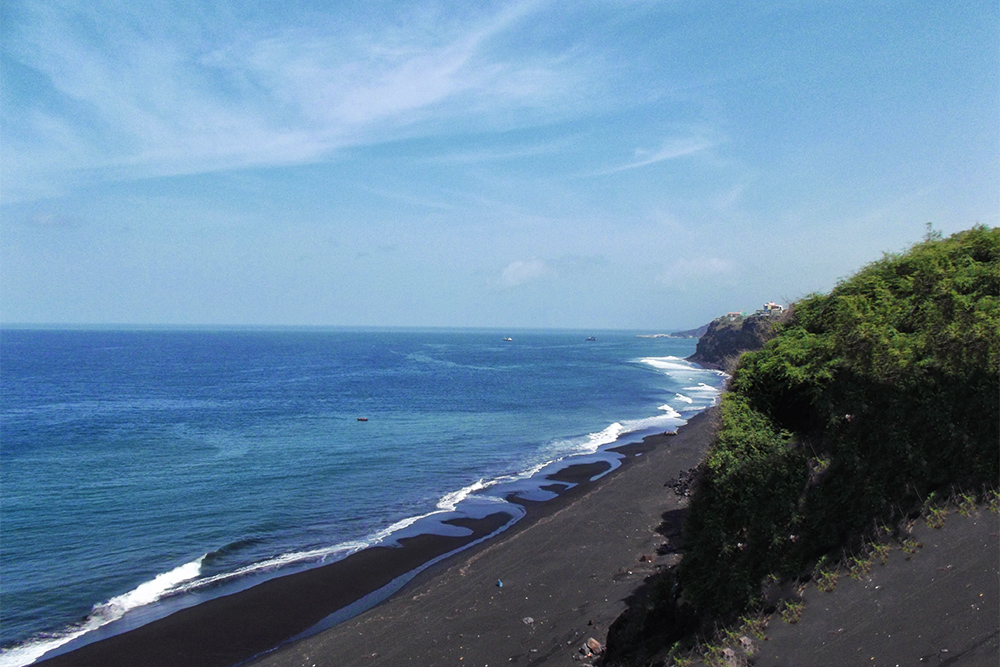
While bathing at São Filipe’s city beach Praia da Bila can be really dangerous due to the unpredictable undercurrent, a trip to the natural pools at the Ponta da Salina, located about one mile from São Jorge, can be a real treat – even if you only get there to watch the local boys jumping off the lava-arch into the deep blue waters.
Chã das Caldeiras
Yes, the bushes are the freshest green, the ocean is the coolest blue, and the sobrados are flashing many colors. Yet, you come to Fogo for the black!
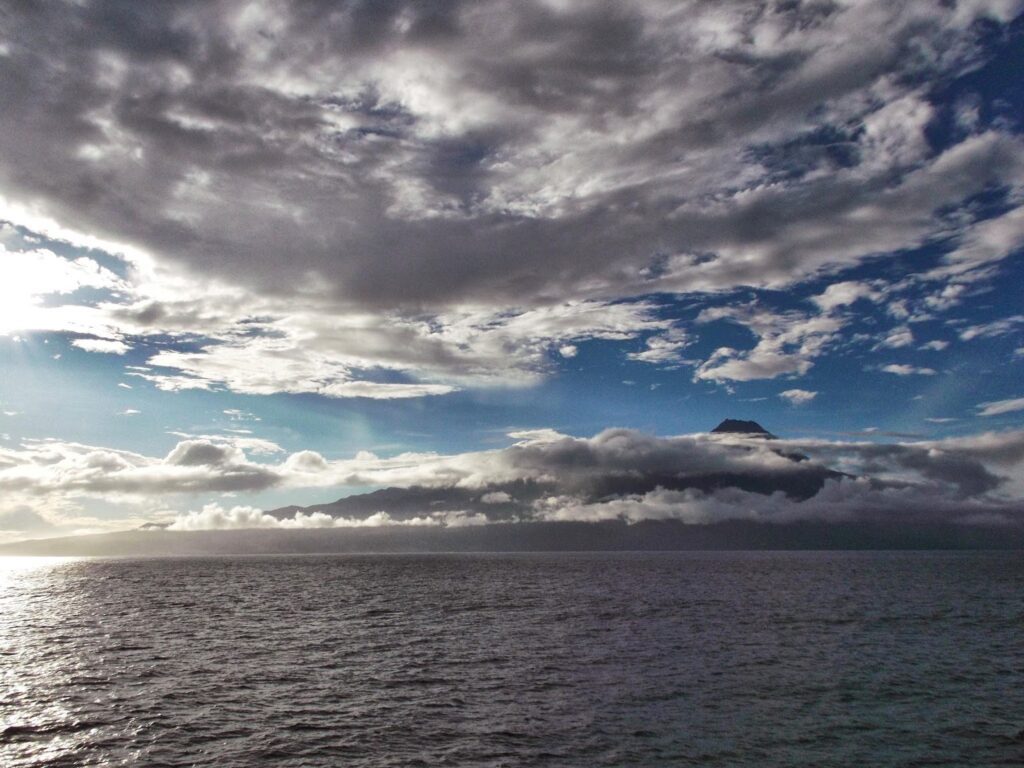
The black of the volcanos and the surrounding lava landscape. Just walking around feels like you’ve entered another planet – just surreal.
Even more memorable – albeit pretty challenging – is an ascent to the peak of the almost 3.000 meters respectively a little less than 10,000 feet high Pico de Fogo. For safety reasons, you have to go up there with a local guide.
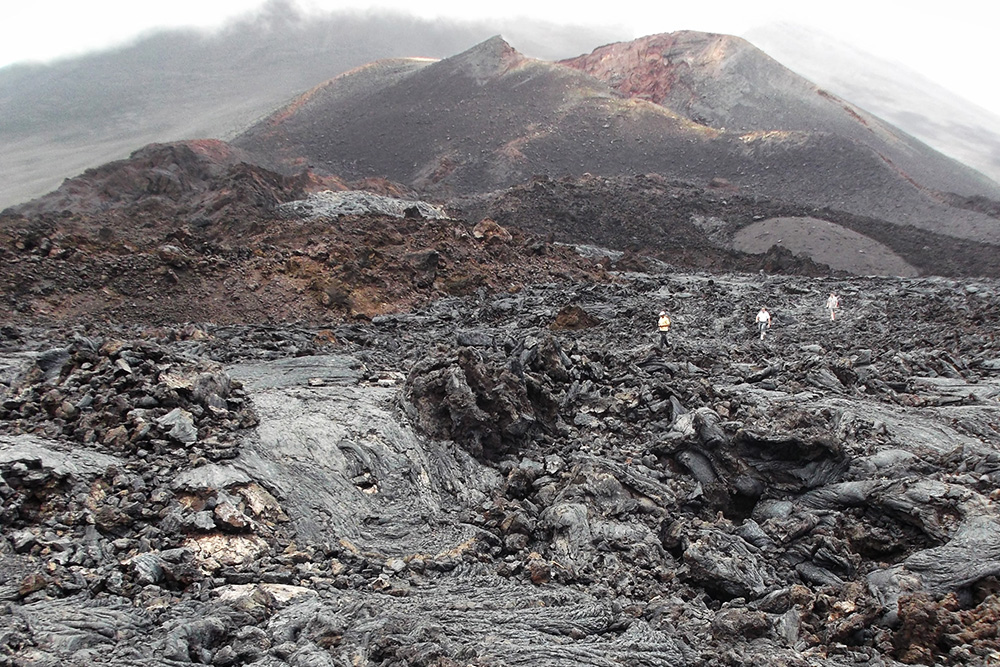
Compared to that, climbing the 2.000 meters or 6,500 feet to the top of the Pico Pequeno seems like a walk in the park.
Volcanic Eruption in 2014
However, it actually was this smaller dude that broke out in 2014. The ash and lava damaged the two villages Portela and Bangaeira severely. Blessedly, nobody was injured, however many of the local families did not return to rebuild the villages. That is very sad since the Chã das Caldeiras used to be such an incredible place, an almost surreal settlement in the midst of the lava.

Not only the landscape is dark grey and black and extremely bare. Also, the buildings are mainly made of lava and combined with the clouds hanging over the mountainous region, it feels like visiting another planet.

French Traces
As if this beauty of nature wasn’t enough, there is the story of Armand Montrond, a French man who came to this area in 1917 and left – let’s call it ‘traces’. Lots of traces, since he had a dozen of more or less legal wives.
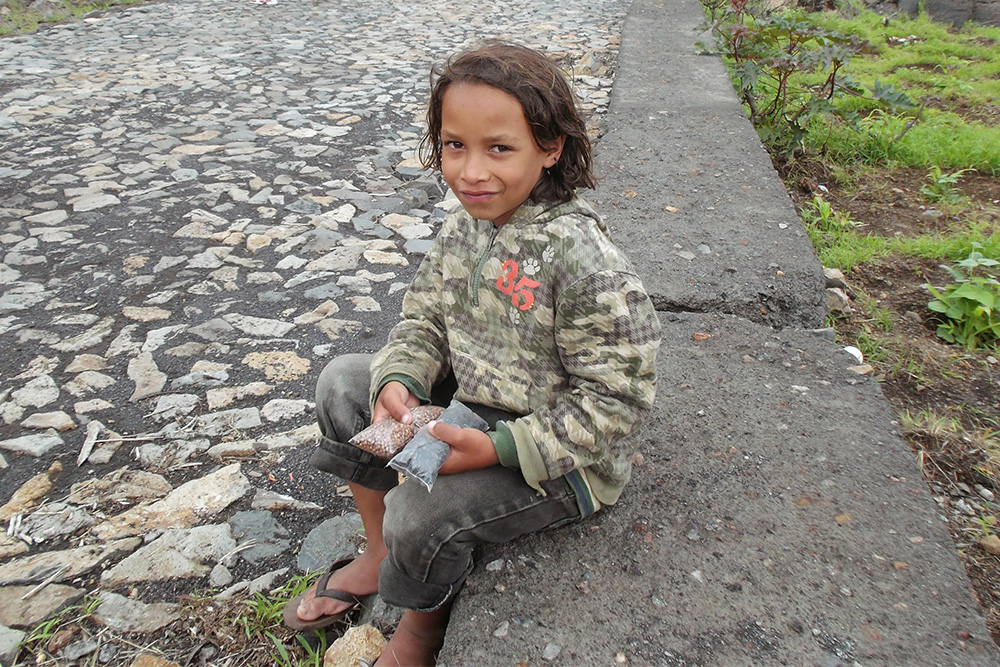
So now there are all these people with dark complexion but blondish hair and blue eyes here in these black, austere housings. All this is sort of mind-bending and seems so out of place.

But lava offers a fertile ground, so there is all sort of vegetables growing here; and wine, dark, strong wine whose effect is increased by the altitude.
I wasn’t that fond of the wine so I didn’t buy any to take home. As a souvenir, I purchased some pepper from the kids and one of these super-cute little houses the people of the Cha make from the lava.
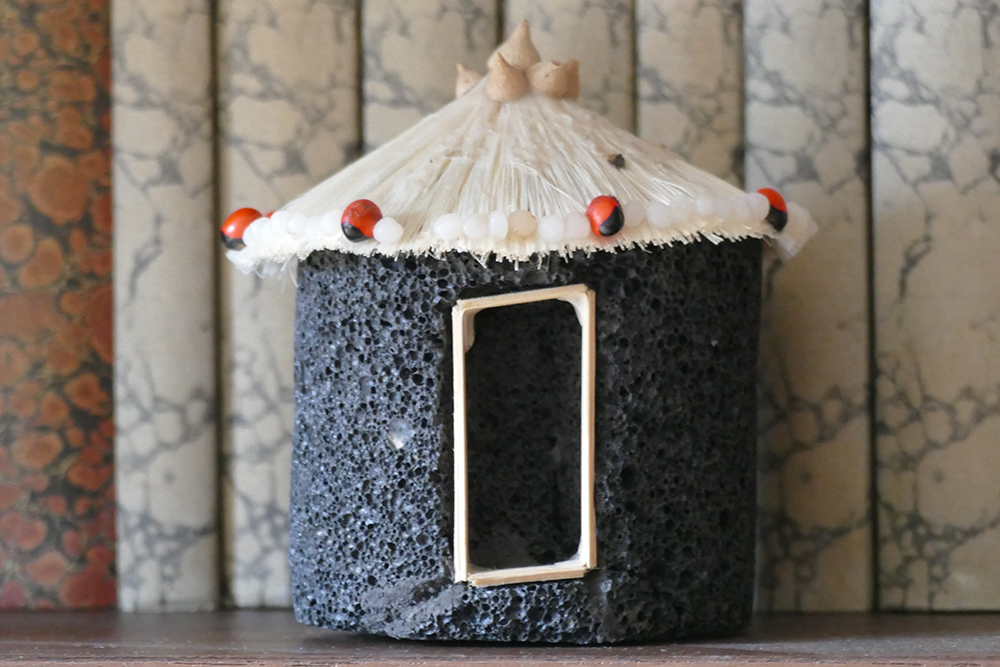
If you don’t visit the Cha, you might as well not go to Fogo at all.
Fogo’s Jungle Mosteiros
Mosteiros is another village in a mysterious area. Due to the height of the coffee region, the area is often covered by huge clouds so that you feel like walking through an enchanted forest.
There are minibusses and aluguers going from São Filipe to Mosteiros, but before you go, inquire about the options to come back the same day; or just stay the night.
Yapp, two days for Fogo were definitely not enough.
Practical Information on Fogo
How to get there and around
Once you are in Cape Verde, the most convenient way to travel from island to island is, obviously, flying. At this moment, the best option seems to be going by Binter, a Spanish airline serving mainly the Canary Islands, but also other destinations in that region, i. e. also North and Northwest Africa.
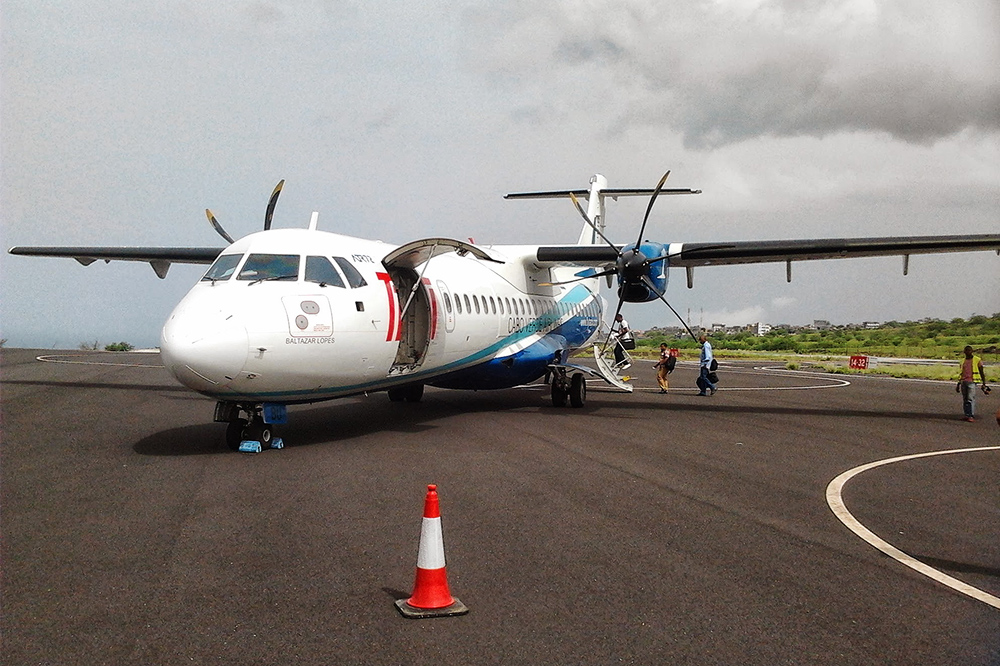
However, not every island has an airport, hence, there are ferries connecting all the islands.
You can check the ferry schedule on their website, but stay flexible and avoid at any cost tight schedules at the end of your stay when you depend on reliable transport to an international airport.
I will not lie to you, if you don’t travel to Cape Verde on an organized trip, your itinerary shouldn’t be too tight. It can also happen that an island cannot be accessed by ferry due to bad weather conditions; and this can also happen while you are on that very island.
Most of the time, things are fine and everything runs smoothly, however, you should be aware of small unexpected bumps.
There is an okay-ish system of public transportation on Fogo. Mini-busses are cruising around São Filipe’s until they find enough passengers.
However, before you joyfully head for a place, make sure that there will be a bus going back the same day so you don’t get stuck. Local people are very nice and helpful, so ask if you aren’t sure.
Where to stay
The Cape Verde islands are not a cheap country to travel to. You can compare prices to those in southern Europe such as Spain or Portugal. Especially cabs are not a bargain. Since they are not metered, you should agree on the price before your trip. However, in general, Cape Verdeans don’t try to dupe tourists.
Also, you won’t get a great room at a cheap price.
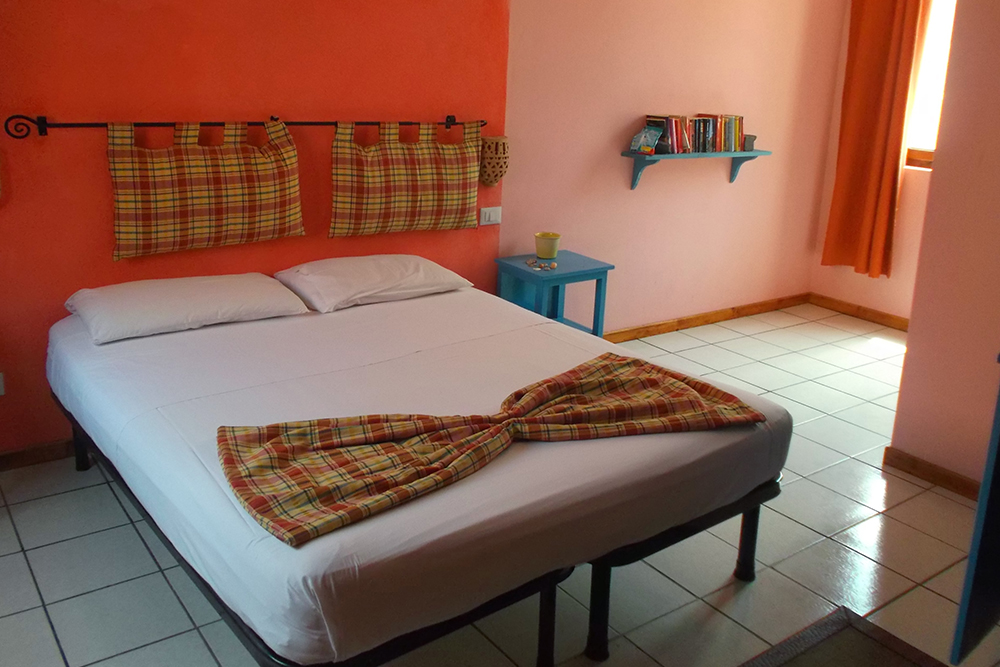
Recommending one place for both in São Filipe is really easy: Stay with Ms Pipi, an energetic lady from Senegal. First, her bar and restaurant became an institution on Fogo, then she added a couple of rooms and now runs a guest house. There is no nicer place better located and run by a more interesting personality….as well as a better cook.
To get more details, check out the availability and the rates of Pipi’s Guest House *
In case Pipi’s is booked out, you can look for other suitable accommodation options on this map*:
Booking.comWhat to See
I’m an avid solo-travelling woman. Since solo travel doesn’t equal solitude, I love to join organized tours here and there. They allow me to meet fellow travellers – for just a short moment or a lifelong friendship.
Therefore, here are some great ideas of what to do during your stay on Fogo. Exploring the island with a qualified guide will help you make the best of your stay – especially if you are planning on also exploring some of the remote places*:
Money
Another remnant from the Portuguese colonial times is the name of the local currency which is called – just like in Portugal until the installment of the €uro – Escudo respectively Escudo de Cabo Verde, abbreviated CVE. For 1 US$ you get 105 CVE, and for a €uro 110 CVE (as of November 2022). You can check the current rate here.

Credit cards are not as widely accepted as e. g. in Europe or Asia, even some small guest houses do take only cash. Some businesses add a small percentage if you pay by credit card – which can become a quite high amount if you pay for instance for a couple of nights at a hotel.
There are ATMs on Fogo so you won’t have a problem getting cash.
Some businesses even accept €uros, however, there usually is a disproportionate surcharge. Pre-payment of hotels, for instance, is therefore advisable. Credit cards are only accepted in the largest hotels and seldom at shops or restaurants.
Language
As Cape Verde used to be a Portuguese colony, the official language is Portuguese, but people speak krioulo. This is a local patois and, like many dialects, differs a tiny bit even from island to island.
People do speak some English and French, but it is certainly helpful to have some basic knowledge of the local language.
Before my trip, I’d practiced using babbel. The first lesson is free and supplies you with the most important words to interact with people.
Do you want to read about all the other beautiful islands I’ve visited in Cape Verde? Then go to the main post and take your pick!
Pinnable Pictures
If you choose to pin this post for later, please make sure to use one of these pictures:



Did You Enjoy This Post? Then You Might Like Also These:
Guide to SANTIAGO – Cape Verde ‘s main island
Guide to BOA VISTA, the world’s most attractive heap of sand
Guide to FOGO, Cape Verde ‘s most varied island
Guide to BRAVA, Cape Verde ‘s blooming little island
Guide to SAL – from Salt Mine to Ocean Paradise
CAPE VERDE – a guide to five amazing islands
Note: I am completing, editing, and updating this post regularly – last in November 2022.
* This is an affiliate link. If you do book through this page, not only do you get the best rate, I’ll receive a small commission without any extra cost for you that helps me run this blog.
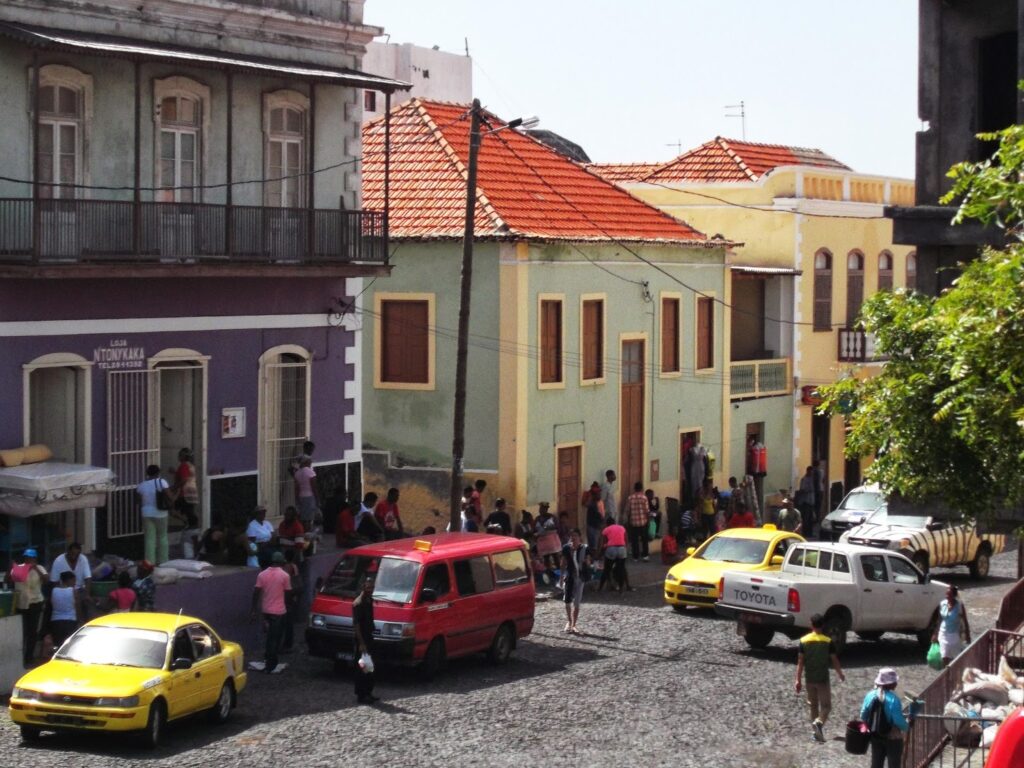
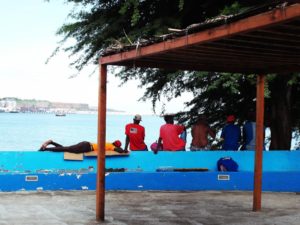

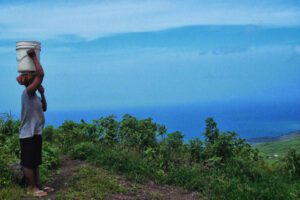
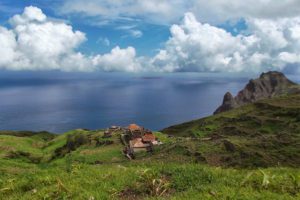


Hm,.. amazing post,.. just keep up the good work, your guides are so inspiring! I haven’t known much about these islands – now they are on my bucket list.
Cape Verde was one of my best trips 😉
Wow, that was such an interesting post on Cape Verde that I didn’t even know existed. That indeed looked like a surreal walk to the peak of the volcano. Truly a guide would be required!
That is crazy how different the island looks covered in dried lava. I have always wanted to see that in person. Glad I could vicariously live through you, Renata!
What a really quaint island village. I would love to visit because it looks like it has its own culture!
Gorgeous! Somewhere else I’ve got to visit. Thanks for sharing!
I love how dramatic you started the article with and i totally relate. I live exploring all islands and each of their uniqueness. Wish I could visit these ones!
I love it! I am a sucker for islands, I feel like they are the most luxurious places ever. And l always love a destination that is dipped in so much culture. Thanks for sharing, I had no idea Cape Verde was such a beautiful place
Wow, how exotic and it looks like a chill, quiet and beautiful island to explore, thanks a lot for the guide and I enjoyed reading it. – Knycx Journeying
That’s interesting, I like the culture vibes walk. It’s fun to experience and check other cultures haha.
I feel like I have been island hopping with you Renata as we discover another Cape Verde Island together!
I can see why Fogo may very well be your favorite Cape Verde Island. I mean between the beaches and greeneries to the coffee and of course that lava field this place is awesome.
So I actually said WHOA out loud when I saw the pics of you guys walking around Pico de Fogo. I cant imagine that or the other “smaller” volcanoes popping off in 2014 or ever. I mean where do the go on a small island like that? But glad everyone was okay.
As for Cha? Well, Darcee loves coffee and it looks like a great place to explore the local life for me so I am down with Cha!
So great to read that Fogo was your favourite island in Cape Verde. I love the colourful sites you found when you just wandered on the cobblestone streets. I always find the volcanic islands like this fascinating with the lava patterns frozen in time.
All the sights look beautiful. I hope I could visit there someday.
the island looks magical and most welcoming. I have never thought about Cape Verde and your post definitely made me
Wow. I love the view of the water from the mountain. The interaction with the local people really helps give a feel of the culture.
Mosteiros sounds like such an intriguing village to visit. I love the fact that the cloud cover makes it look like an enchanted forest; I definitely need to see that. Very informative! Thanks
Fogo is a very special island – definitely worth visiting 🙂
Wow, so many sights! Surely a great place to visit.
Omg the beach, volcano, and views are everything. I definitely can’t wait to go!